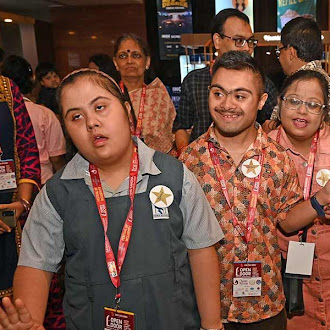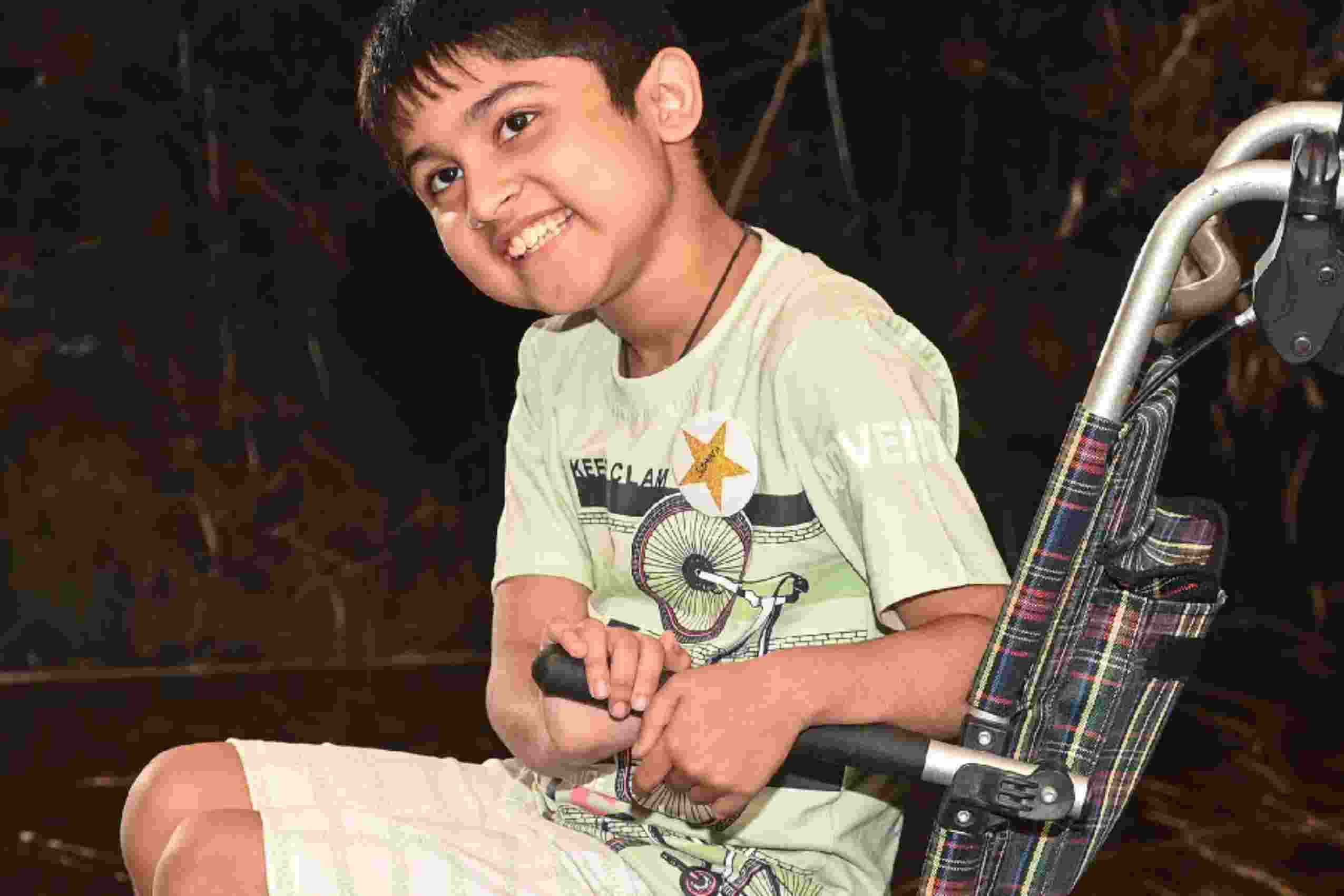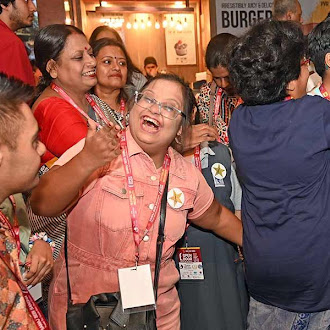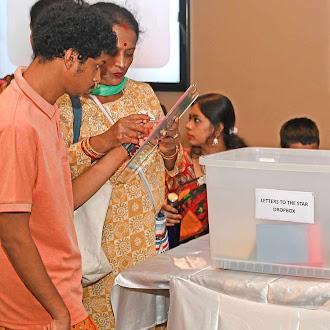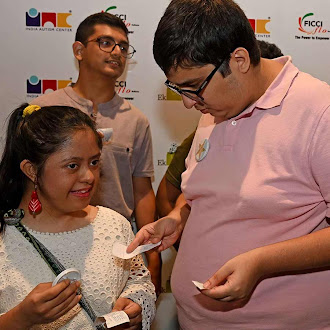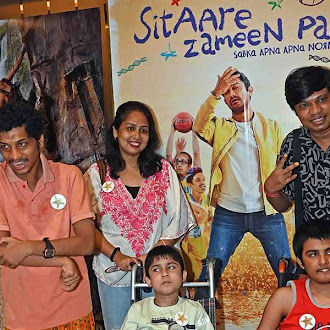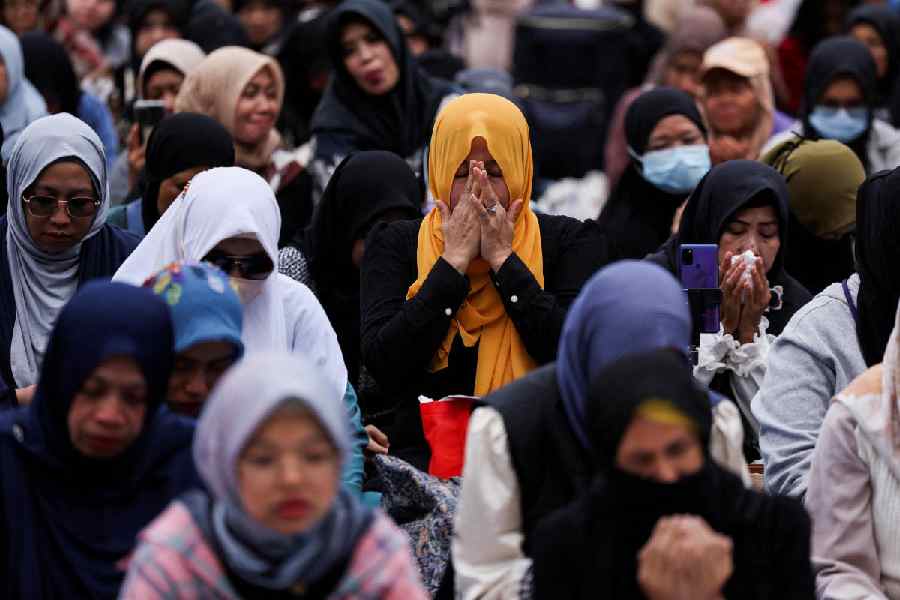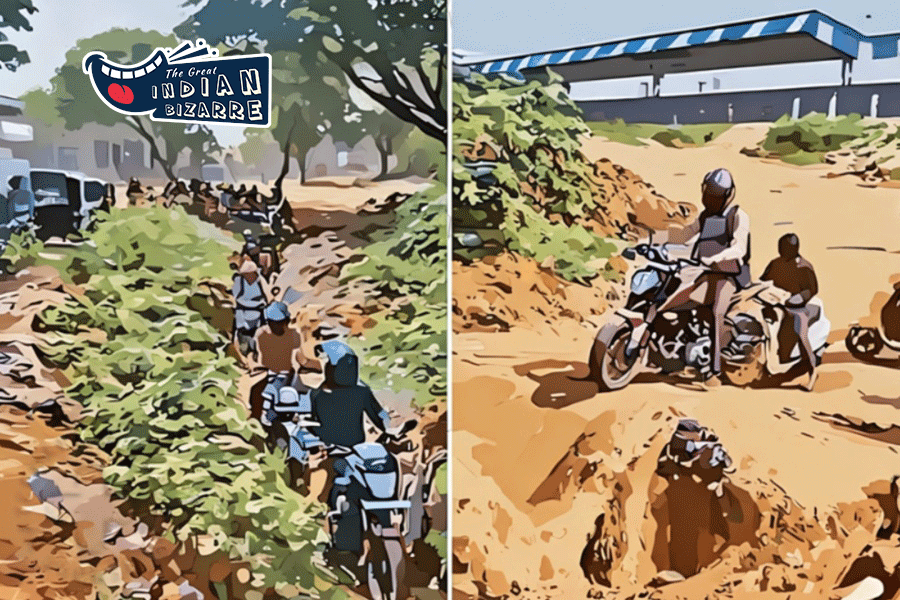Two weeks into its theatrical run, Aamir Khan’s Sitaare Zameen Par has entered the Rs 200-crore club.
But recently, at a packed theatre in Kolkata, box office numbers were not the main story. What mattered most was what happened inside: over a 100 children and young adults, on the autism spectrum or living with neurodevelopmental conditions, watched themselves... their lives, their struggles, their joys represented on screen.
The special screening was organised by the India Autism Centre (IAC), a research and therapeutic facility.
“This was a very emotional movie,” said Akanksha Rakshit, who attended the screening. “I hope more inclusive spaces for neurodivergent kids come up.” Her son and three others — Om Arora, Hassan Shoeb, and Vanshaj Agarwal echoed similar excitement.
A cinematic first for many
“For most of the children and young adults in the audience, this isn’t just about watching a film,” said Jaishankar Natarajan, CEO of India Autism Centre. “It is about seeing themselves in cinema, probably for the first time.”
The film features 10 neurodivergent individuals, who play themselves not as background characters, but as central to the storyline.
Aamir Khan’s film, a remake of the 2018 Spanish movie Champions, centres around a basketball coach who trains a team of people with intellectual disabilities. But this isn’t another story about them. “It’s a story with them,” noted Natarajan.
“This changes the game,” he added. “Mainstream media often ignores this population. But when you give them space and respect, the impact is transformative.”
Representation that matters
India has an estimated two million neurodivergent individuals.
A Nasscom Community whitepaper suggests that as much as 39 per cent of 18-24 year olds in India’s workforce self-identify as neurodivergent.
Yet, their representation in media — particularly in Indian cinema — has long been one-dimensional.
Films like My Name Is Khan (2010), Barfi (2012), and Hichki (2018) did attempt to spotlight neurodiverse characters, but largely without direct inclusion. Sitaare Zameen Par shifted this paradigm. The IAC’s post on the screening summed it up: "After years of stories being told about them, it’s finally time for stories told with them.”
“Sabka Apna Apna Normal”.... the film’s central message is also a motto of the IAC, which has been operating across West Bengal, including its new rural outreach program in South 24 Parganas. According to Nishant Shah, CFO of IAC, “The road to employment and mainstreaming doesn’t start with job fairs. It starts with inclusion. It starts with making sure every child knows they belong.”
Through the eyes of the parents
My Kolkata spoke to several parents at the screening. Their reactions weren’t merely about the cinema — they were about recognition.
Shalini Mustafi, whose 14-year-old daughter Nikita wants to become a doctor, said: “Autism is still shown through a strange lens in most movies. It’s often people without any lived experience who create these portrayals. That gap between reality and what’s on screen is wide.”
Nikita, inspired by her father, who works long hospital shifts, often plays with doctor sets at home. “She sometimes acts like a nurse, sometimes like a surgeon,” Mustafi added. “We have taught her she is not a ‘child’ just because she is different. We want her to be treated as a young woman… not just a ‘special kid’. And that’s what this film got right.”
Sohini Roy, mother to 11-year-old Reyansh, pointed out: “In most films, even when the character is neurodiverse, they’re often played by neurotypical actors and they’re shown without dialogue. Here, Reyansh saw someone like him — speaking, laughing, and playing basketball. It was very relatable.”
A shift in Bollywood’s neurodiversity lens?
While neurodivergence includes a wide spectrum of conditions from ADHD and dyslexia to autism, Down syndrome, and Tourette’s, Indian cinema has barely scratched the surface in portraying these with nuance. Often, it gets reduced to a plot device or a personality quirk.
But Sitaare Zameen Par marked a turning point.
“Authenticity can’t be tokenistic,” said Natarajan. “You can’t put a neurodivergent character on screen for empathy points. That’s performative. What this film does is centre their voice. It says: they are not here to inspire you. They are here to exist. Like anyone else.”
Beyond the screen
India Autism Centre is already taking steps beyond the cinema. Its recently launched rural outreach programme in South 24 Parganas is focussed on early intervention and awareness in remote communities.
Meanwhile, the children who attended the screening left with more than just memories. Some, like Vanshaj, even wrote letters to Aamir Khan after the film. “Bohot hi zyada achha laga,” he said with a grin. “I want to meet him one day.”
For these children, Sitaare Zameen Par wasn’t just a film. It was a mirror. For the parents, it was validation.
And for the audience, it was a reminder: every mind dreams differently.
Every star shines in its own sky.
